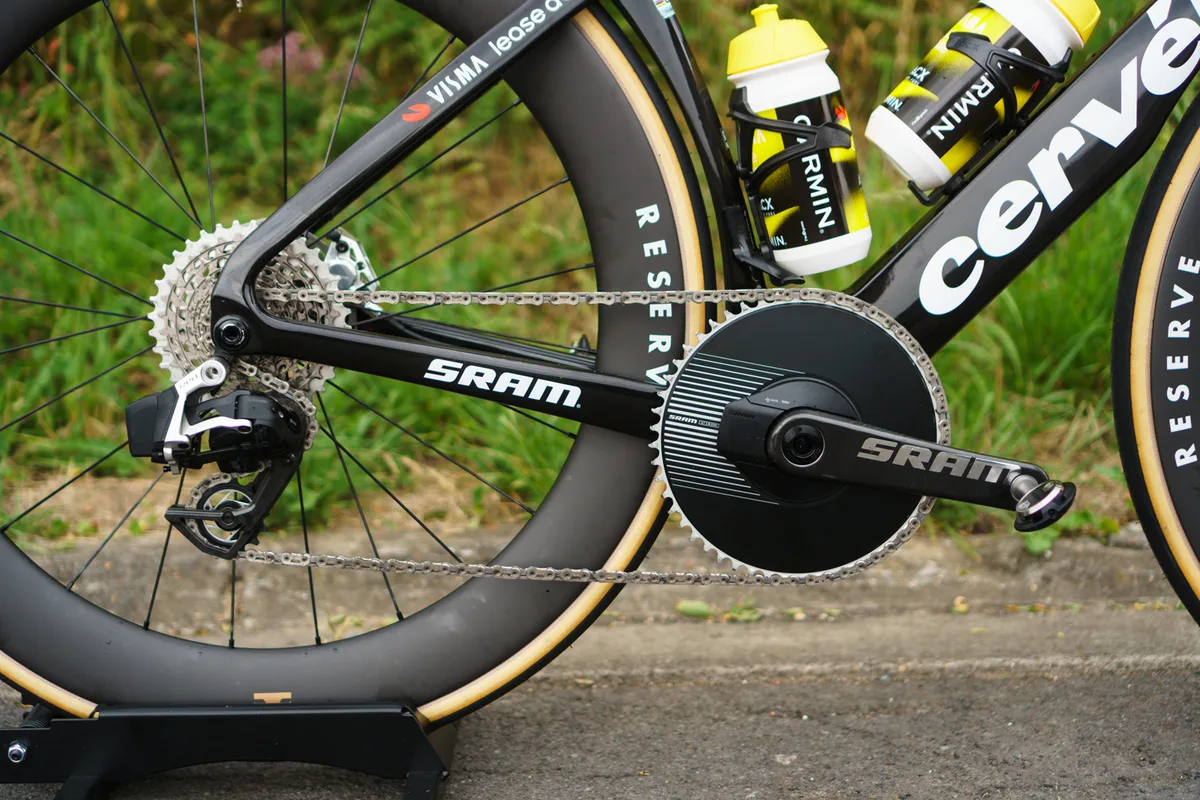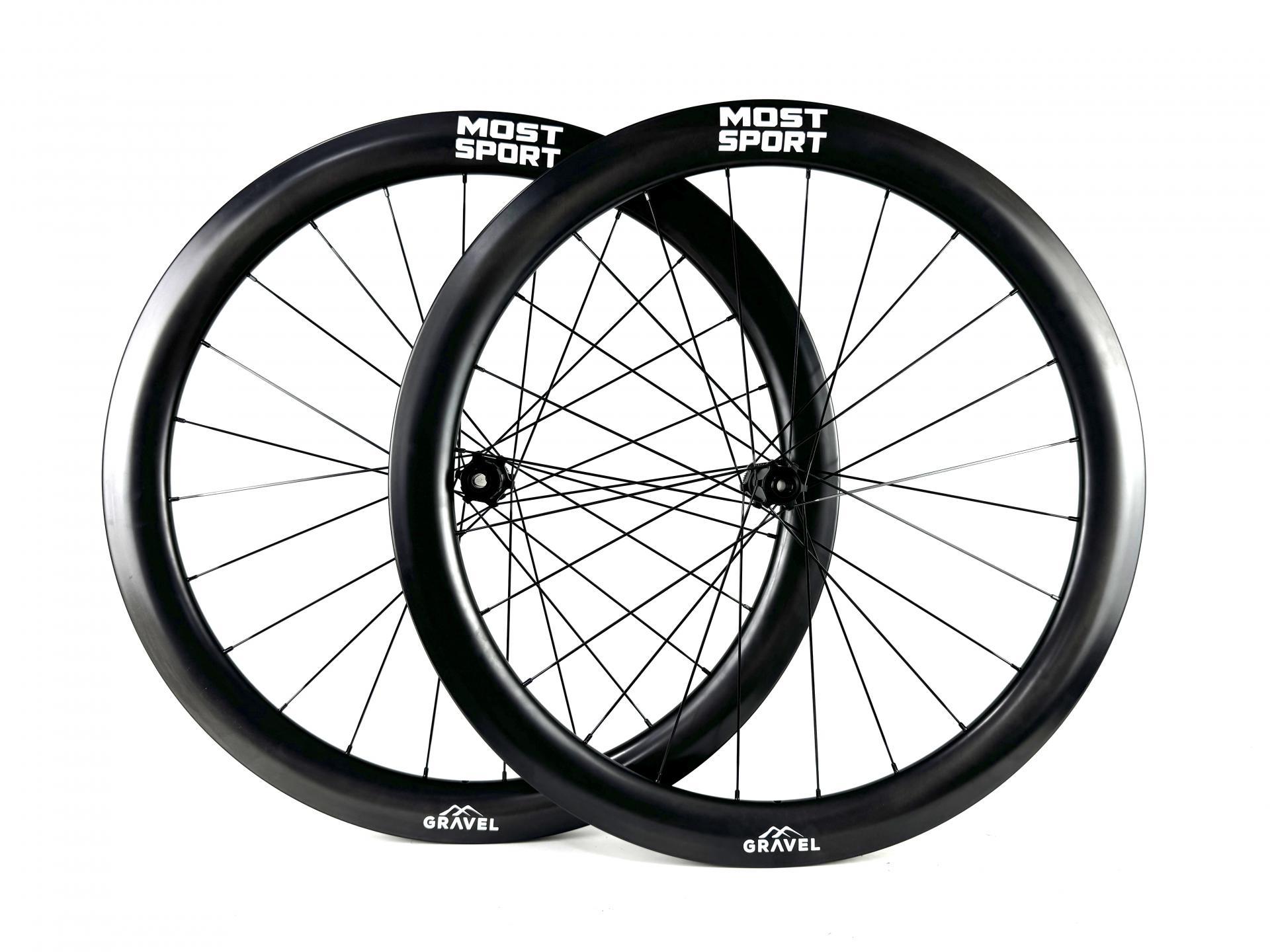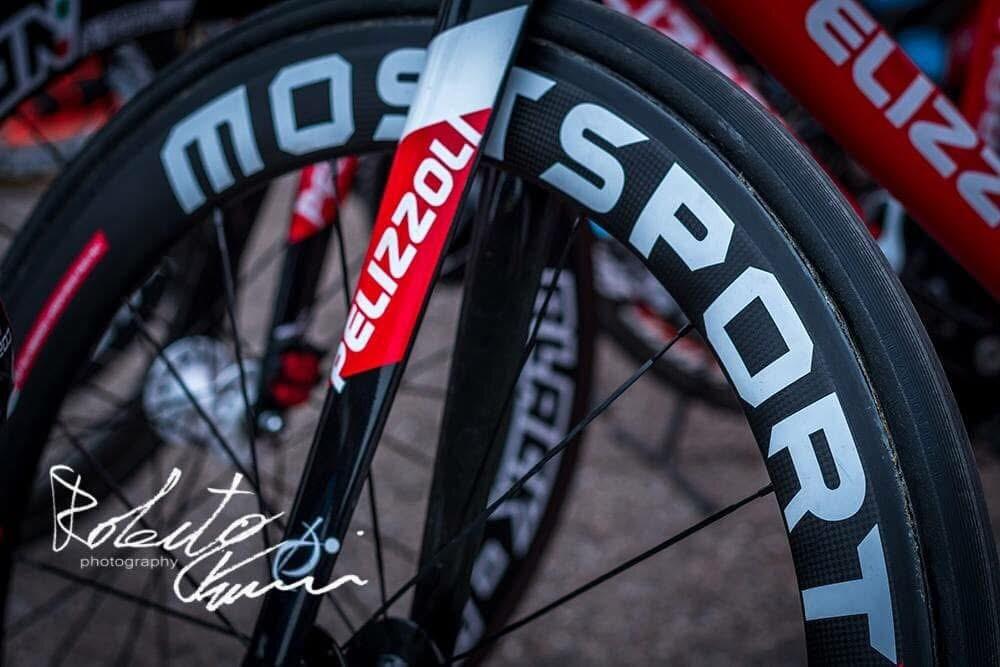 Unlike equipment-intensive sports like Formula One, enthusiasts with the wherewithal can purchase a top-of-the-line professional bike. However, the bikes ridden by professional riders often differ significantly from the highest-spec bikes available at retail.
Unlike equipment-intensive sports like Formula One, enthusiasts with the wherewithal can purchase a top-of-the-line professional bike. However, the bikes ridden by professional riders often differ significantly from the highest-spec bikes available at retail.
This is because professional riders’ bikes often feature new parts used by brands for testing and demonstration purposes, rather than standard components. So, what other differences exist between high-end retail bikes and those used in the Tour de France?
Frame weight

While some frames—like those ridden by Pogačar and Wenger—are made from higher-grade carbon fiber, Effie Nepoel’s Specialized Tarmac SL8, available in various versions, uses Fact 12r carbon fiber. High-quality frames often use higher-modulus carbon fiber and may also utilize more advanced manufacturing processes, resulting in greater strength and stiffness at a lower weight.
Groupset and Gear

Professional riders often opt for larger chainrings for flat stages or time trials. While many riders opt for standard Dura-Ace 54/40 chainrings, 56t chainrings are not uncommon. Every rider is equipped with a top-of-the-line electronic groupset from their sponsor, either 12-speed or 13-speed, with some even experimenting with 1x.
Power meter

Power meters have long been standard equipment on professional cyclists’ bikes, allowing them to collect a variety of data to assess their overall performance in climbs, breakaways, and stage finishes. Some of these power meters come built into the groupset, as is the case with SRAM and Shimano, while others utilize power meter-focused brands like Power2Max.
Crank Length

Most road bike cranks are between 170mm and 175mm long, depending on frame size. However, Tour de France riders are increasingly favoring shorter cranks to increase pedaling frequency—Wengergau’s 160mm cranks and Pogacar’s 165mm cranks are typical examples.
Wheels

The wheels used by professional cyclists are mostly top-tier carbon fiber products provided by their sponsors, and these wheel sponsors are often different brands from the frame sponsors, which leads to differences between their wheels and the standard wheels sold in retail stores. Nowadays, frames and wheels (and sometimes tires) are increasingly designed as a single system to ensure optimal aerodynamics, so it’s not surprising that the wheels used on racing bikes and those on retail bikes look similar. These wheels are also available in a variety of rim depths: high rims are used for flatter stages, while low rims and lightweight wheels are used for mountain stages. But for the average rider, a single set of wheels is generally sufficient for all occasions.
Tires

While tubular tires used to be the only choice for pros, tubeless tires have become almost universally popular lately. However, some riders may opt for clincher tires with TPU or latex inner tubes for time trials due to their potential for lighter weight and lower rolling resistance.
28mm or 30mm tires are now standard for pro teams, compared to 23mm being the norm just a few years ago. Even on road courses, some riders now choose to mount time trial tires to help reduce weight and rolling resistance. Tire brands may also offer special or specialized versions of their products, such as the Continental Archetype. Tire inserts are sometimes used to reduce the risk of a crash in the event of a flat tire.
Handlebar Width

Professional cyclists often prefer narrower handlebars. While the UCI has minimum handlebar width requirements, current pros still use narrower handlebars than commercially available options—this inward position offers aerodynamic advantages.
A few years ago, it was common for pros to opt for extremely long stems, also for the purpose of improving aerodynamics. However, this is no longer common, especially with the introduction of integrated handlebars on top-of-the-line bikes.
Custom Parts

Professional cyclists often opt for custom parts, driven by the growing number of sponsors from niche brands. Ceramic bearings have long been standard, and some teams even employ oversized pulley systems. Star riders like Pogačar not only have carbon fiber chainrings emblazoned with his TP logo, but also custom 3D-printed saddles. Many star riders and national champions even receive exclusive custom paint jobs.
